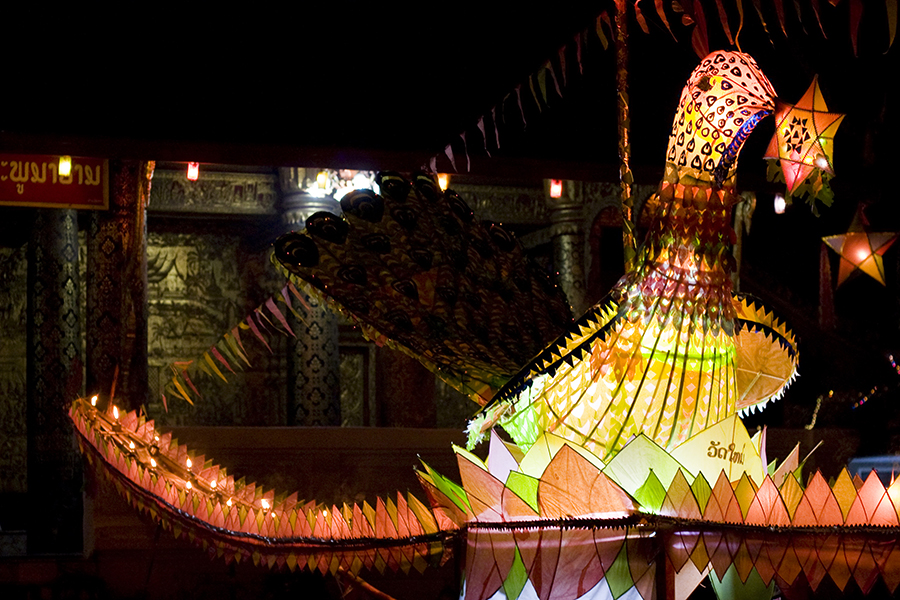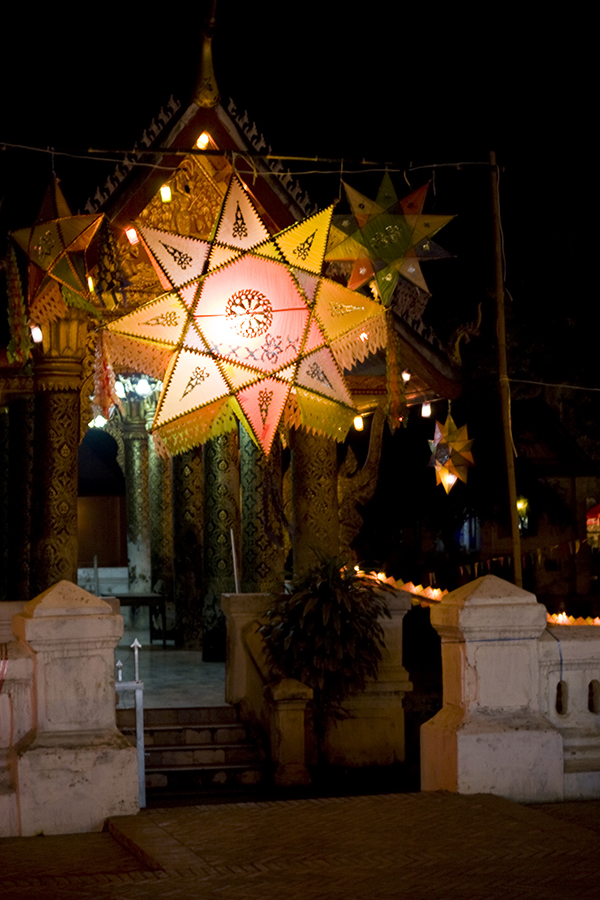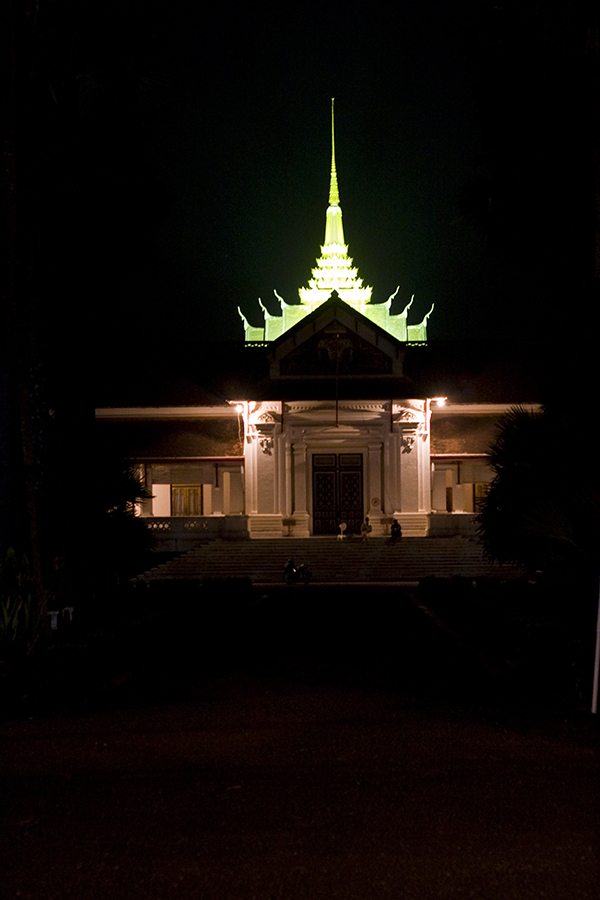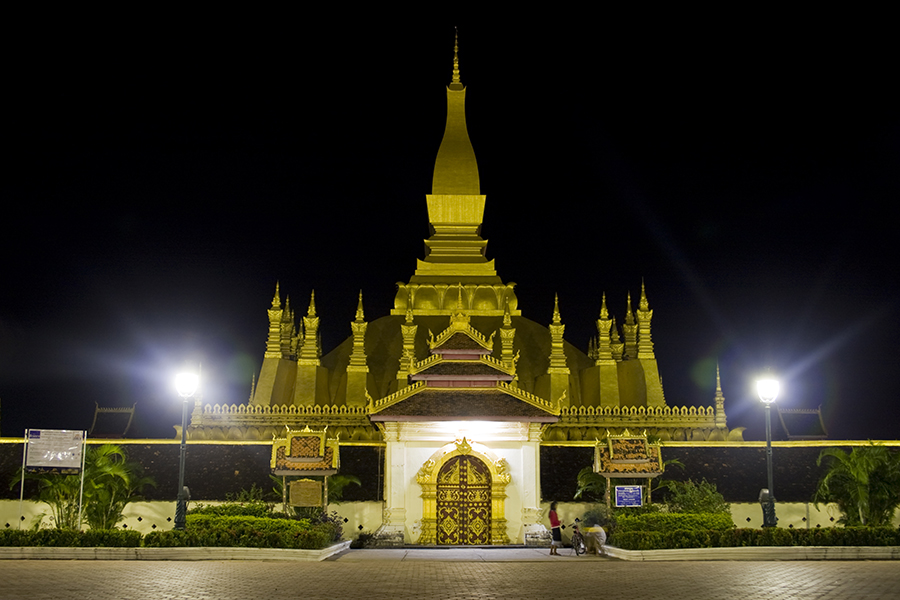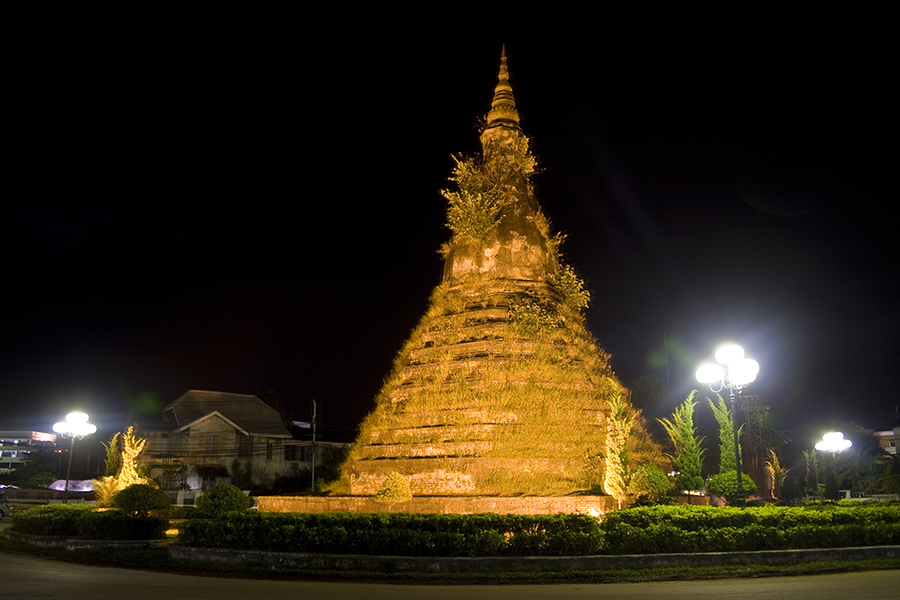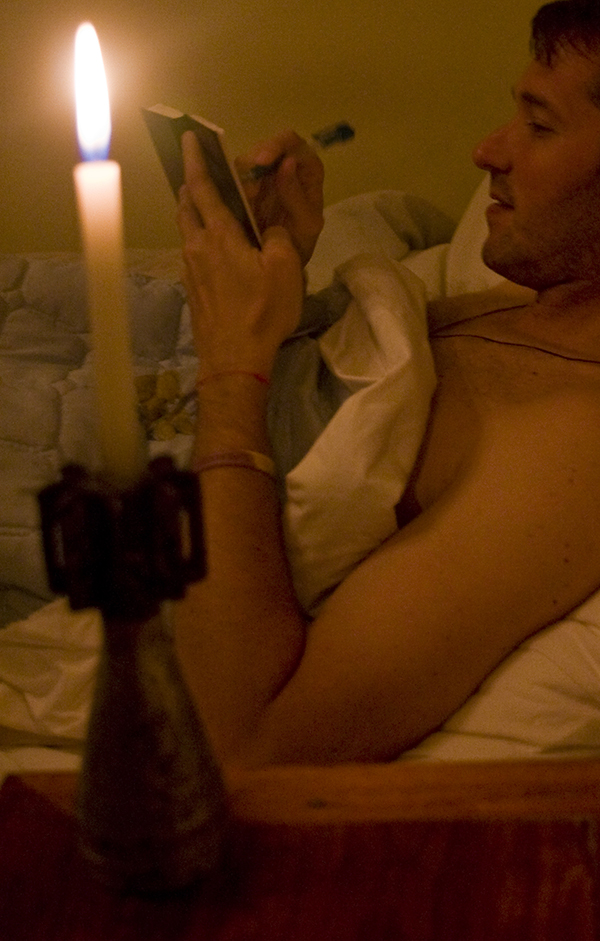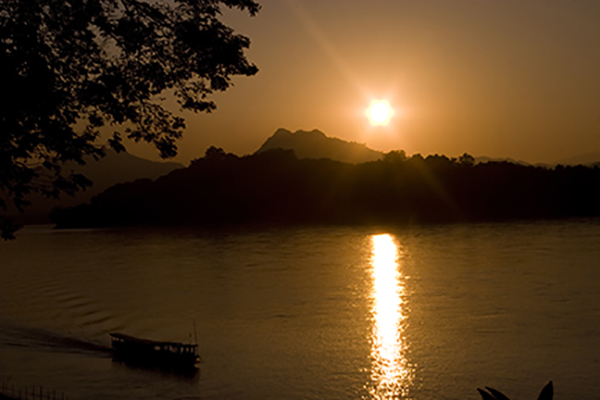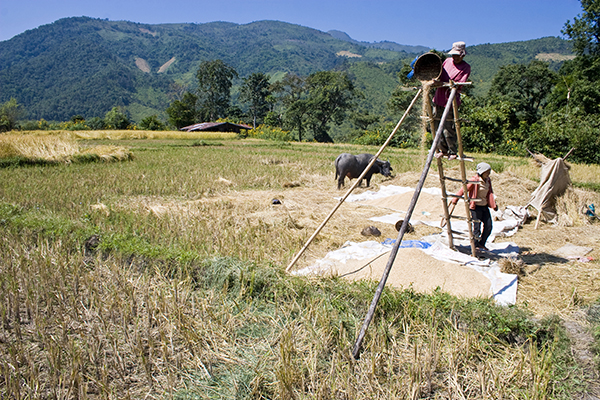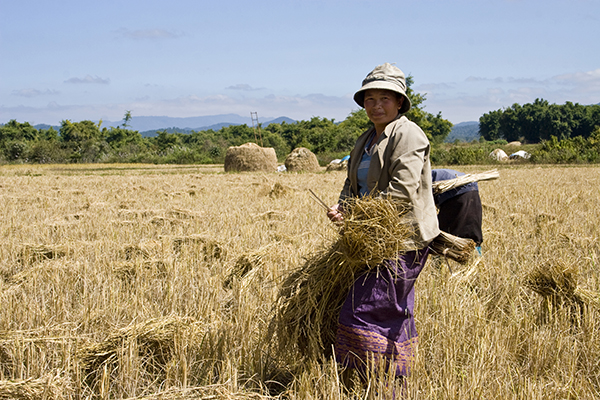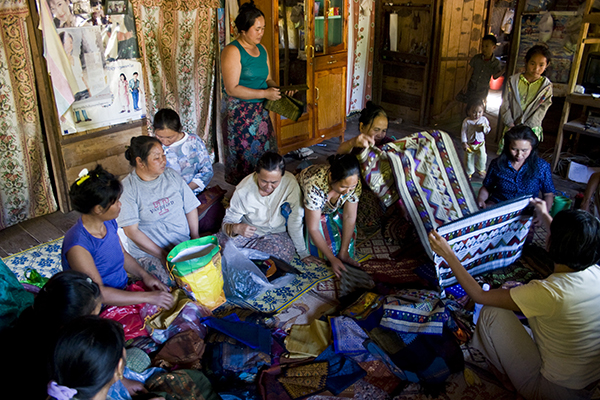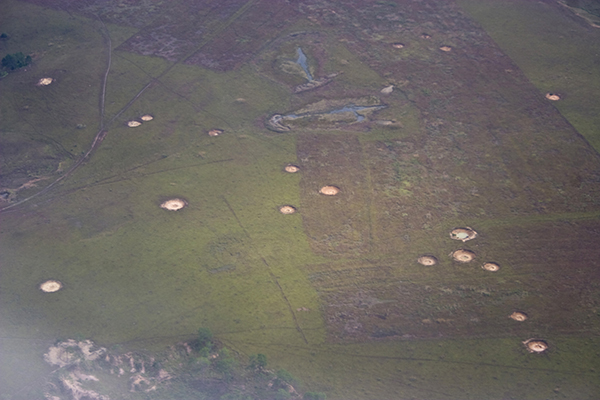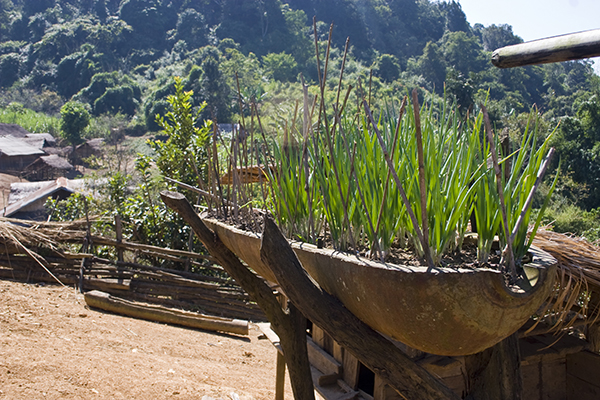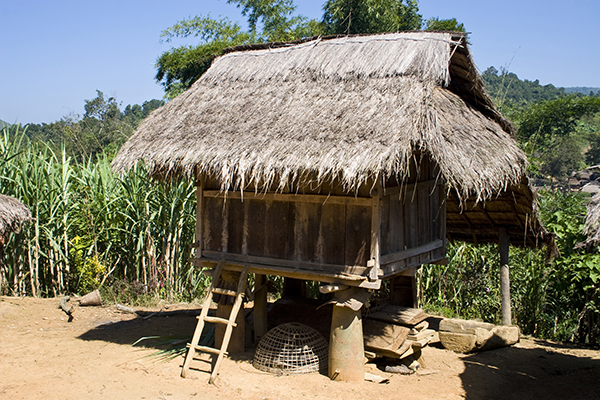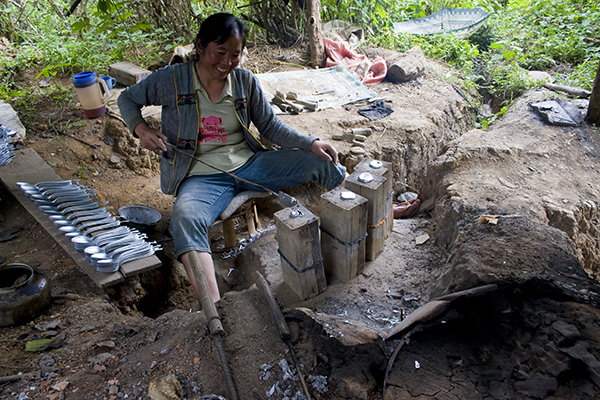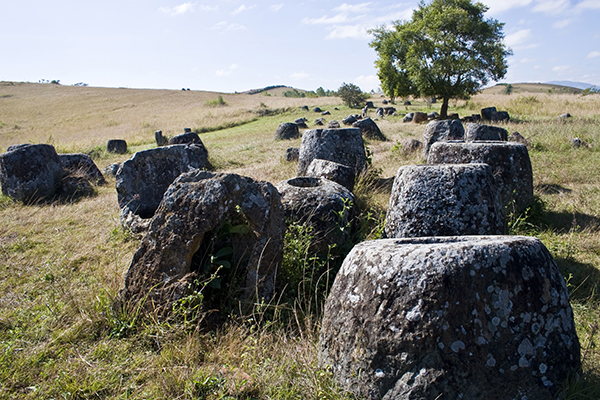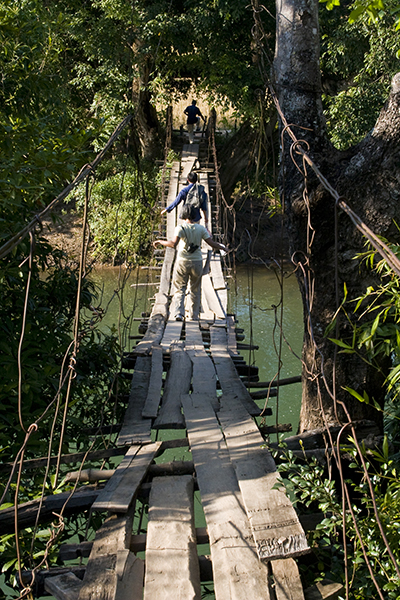A little bit of life in Phnom Penh…. I was sitting at a cafe overlooking Sisowath Quay (riverside), when I watched how they catch what’s nicknamed in the birding world as LBJs (Little Brown Jobbies), or the ubiquitous common sparrows. Keith told me how he’d watch them do this but it seemed like such a tediously unrewarding way to catch birds so I didn’t believe him.
Small Khmer kids with long thin bamboo sticks patiently waited at some short bushes by the river. When a sparrow came along, they poked it with their stick. On the end of the stick is a blob of glue which, when it gets onto the bird’s feathers, effectively renders them incapable of flying. As the bird hops away trying to get the glue off, the kids would poke it again with the glue, and again and again. Eventually the bird’s fate is sealed.

Fried, one can eat every single part of this little bird. It looks horrible, but for a country that doesn’t have many choices as far as food, especially the poor, anything that moves is fair game. Thus it became part of the culinary repertoire.

Along the river, in between all the fancy restaurants, bars and cafes catering to expatriates, are a smattering of food stalls with plastic chairs and tables. On any given night scores of young Khmers either on dates or just out with friends have this for dinner. A can of Black Panther (stout) was 3000Riel, or $0.75, in 2007. The plate of about 5 fried sparrows was 5000Riel, or $1.25, served with a pepper and lime juice sauce and a salad of green herbs and vegetables. (There is also another bird in there, a quail, cut in half).
Tourists would walk past the tables and the horrified look on their faces as they caught a glimpse of what was frying or served up were really funny to watch. Even funnier is their double-take and attempt to look non-chalant when they saw fellow foreigner Keith at one of the tables with his camera, putting away one of these delicacies.

This contraption is their barbecue grill. It’s essentially what we would have back home as a clay planter except ten times thicker, with a hole cut out of the base to stick in the charcoal, and set inside an aluminum casing. Shown here steaming are fertilised duck eggs. They are usually sold 3 for 4000Riel or $1.00.









